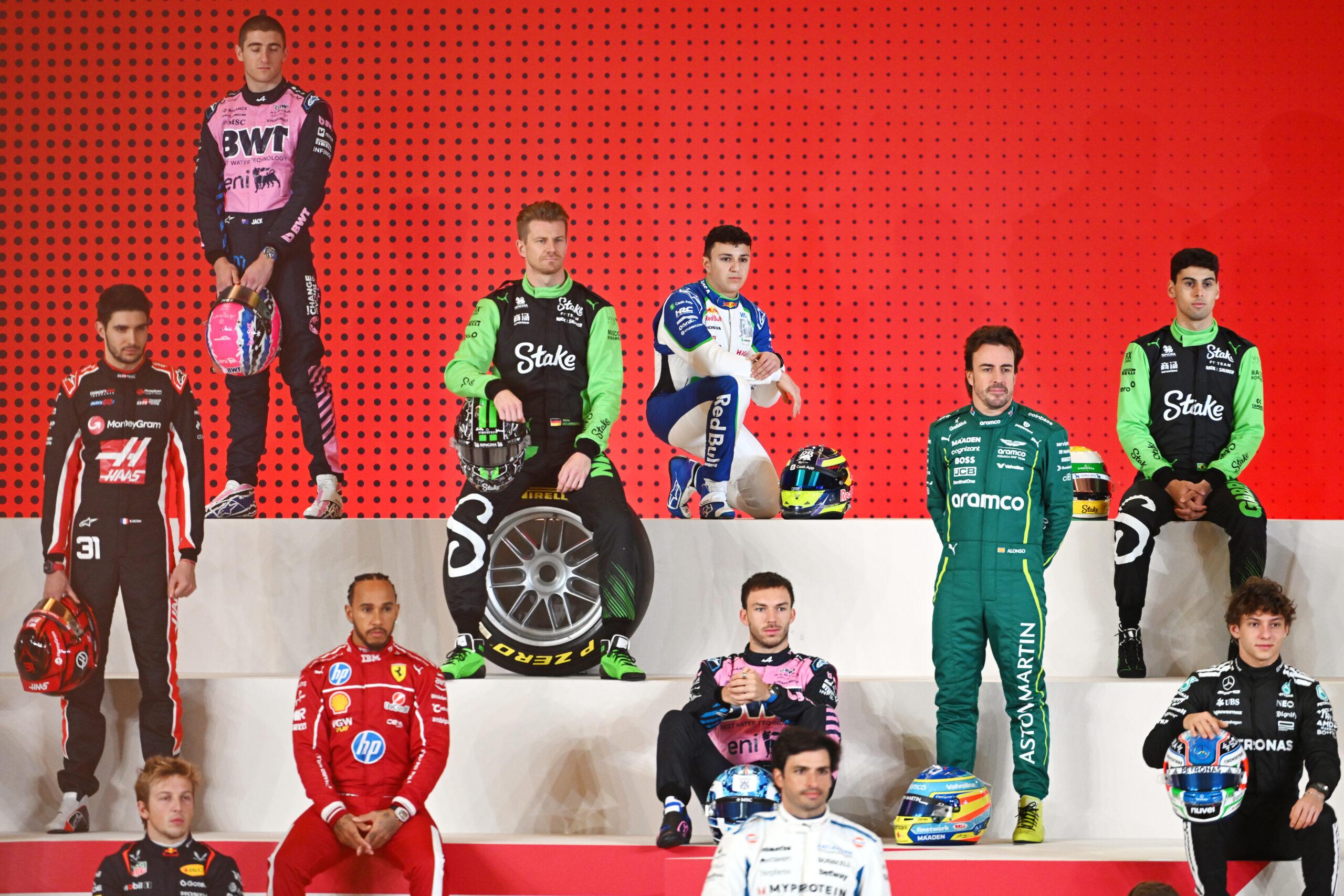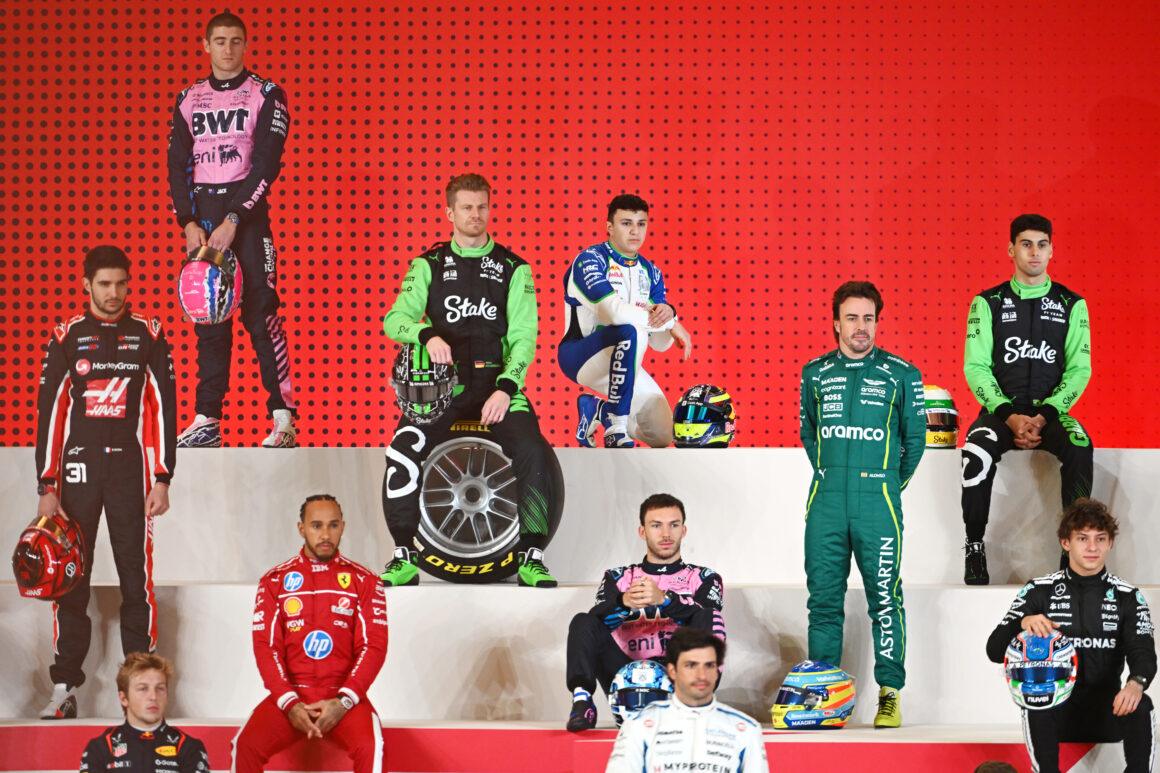Those fireworks under an F1 car aren’t random drama. They’re engineered theater with a rulebook twist. The short version: ultra-low ride heights, huge downforce, and titanium kissing tarmac. Lights out and away we… oh wait, the sparks already started.
It’s not damage. It’s not danger. It’s the inevitable byproduct of running the car as low as legally possible and letting the underbody’s skid blocks scrape the surface. The competition? Reduced to expensive spectators, squinting through glitter.
The Real Culprit: Planks, Skid Blocks, and Bottoming Out
Under every modern F1 car sits a mandated “plank” running along the floor’s center. It enforces a minimum ride height by wearing if teams run too low. Teams embed titanium skid blocks into that plank to protect it. Titanium versus asphalt? Cue sparks.
When downforce compresses the suspension at speed, the car “bottoms out.” The titanium skids touch the ground. Friction happens. Show time. Classic regulatory cat-and-mouse, except legal and spectacular. Somewhere, a PR manager just had a minor stroke.
What the FIA Cares About: Thickness and Wear
The plank must start at about 10 mm thickness, with permitted wear down to roughly 9 mm post-race. If you chew through more than that, you’re cooked. The titanium skids are allowed, must be titanium alloy, and sit proud enough to take the brunt before the plank dies.
Think of it as a fuse. Skids spark and wear first; the plank stays safe. Wear the plank too much? Disqualification. Another masterclass in how NOT to run ride height.
When Do Sparks Fly? The Greatest Hits
Not every lap is a fireworks finale. Sparks spike when forces peak or the track gets nasty. Heavy fuel loads, big speed, or ugly kerbs? Hello, light show. The wind played favorites today? No, it’s just physics dragging the car lower.
Night races crank the visibility. Under floodlights, those titanium skids turn into paparazzi cameras. Drivers hate the glare. Fans love the chaos. Grab your popcorn, Bahrain is at it again.
The Typical Spark Zones
- Long straights: Max speed = max downforce = bottoming out. Sparks like confetti.
- Race start: Full fuel load makes the car heavy. Early-lap fireworks are common.
- Bumps and kerbs: Street tracks (Monaco, Singapore, Baku) are spark factories.
- Elevation changes: Places like Spa, Suzuka, and Austin trigger big compressions.
On smooth, low-kerb circuits, sparks calm down. On abrasive, bumpy ones, you get a highlight reel. The plot thickens like a team’s excuse list.
Material Matters: Why Titanium Throws the Glitter
Titanium is tough, light, and showy. When it scrapes, it produces bright, short-lived sparks. That’s why teams use it for skids embedded in the plank. It buys survivability without handing the FIA a reason to ruin your Sunday.
Other metals would gouge or shatter. Titanium wears predictably and doesn’t torch the plank instantly. Engineers made it dazzling on purpose. The fans can thank metallurgy.
Regulations, Disqualifications, and the Hamilton/Leclerc Lesson
Run too low, wear the plank too thin, and the stewards don’t blink. After the 2023 United States GP, the scrutineers measured excessive plank wear on Lewis Hamilton’s and Charles Leclerc’s cars. Verdict: out. No podiums. No mercy.
That’s the razor’s edge. Lower is faster. Too low is illegal. Somewhere, a strategist just hid under a desk. File this under: Yikes.
Is Sparking Dangerous? Not Really—But It’s Annoying
Sparking isn’t a failure mode; it’s a feature. If an F1 car never sparks, it might be riding too high or missing titanium skids. That’s slower and riskier for legality. In this game, a little grind means you’re in the window.
Drivers behind, though? They hate it. Those sparks can momentarily blind. As one said after Bahrain: looks great on TV, not so great in a visor. Somewhere Grosjean is taking notes on the spectacle.
Street Circuits vs. Classics: Where Sparks Live Best
Street tracks like Singapore, Monaco, and Baku love chaos: tight corners, camber shifts, brutal kerbs. They trigger frequent bottoming and maximum fireworks. The rain shows up? Even better—grip shifts, car dances, skids bite.
Old-school elevation monsters—Spa, Suzuka, Interlagos, Austin—serve their own punch. High-speed compressions slam cars down. The sparks look like a welder’s workshop. The competition? Reduced to expensive spectators.
The History: From Ban to Big Return
Back in the late 80s and 90s, drivers even leaned into sparks to distract rivals. Tactical chaos. So titanium skids were curtailed for a while. Drama took a vacation. Then 2015 rolled in and the sport brought them back for a safer, regulated light show.
Today, the rules are tight, the visuals are epic, and the stewards have calipers. Teams dance on the limit. Fans get fireworks. Win-win, as long as your plank survives scrutineering.
Signature Moves and Spark Moments
Watch for the classics: the ol’ Verstappen divebomb special into Turn 1? The compression on exit often drags the floor—instant sparks. Hamilton’s hammer time on a quali lap? Ride height trims, kerb aggression, and a glitter trail that screams pace.
Classic Alonso late-braking—the move that’s sent more drivers wide than a bad GPS—often comes with a skid-kiss on exit. Not just fast. Cinematic.
Key Takeaways: Why F1 Cars Spark
The science is simple, the spectacle is deliberate. Low ride heights maximize aero, the car bottoms out, and titanium skids scrape. The FIA plank keeps it honest. Too much wear equals penalties. Just enough equals showtime.
So next time you see a shower of light at 300 km/h, know this: the car is on the edge, the engineers are grinning, and the rulebook is being obeyed. Barely. That’s Formula 1—precision with pyrotechnics.

